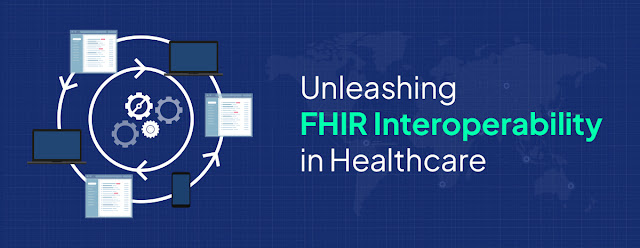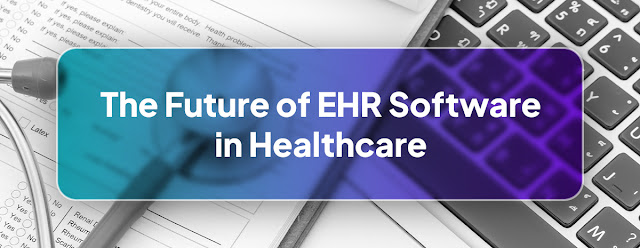Unleashing FHIR Interoperability in Healthcare—Uncovering New Possibilities

Recently, a new standard for healthcare information called FHIR has been introduced. FHIR stands for Fast Healthcare Interoperability Resources and can change how patient data is shared while reducing costs. This makes patients more involved in their care while improving the quality of care too. This blog explores what FHIR is and why it is vital for healthcare practices. Let us look at how FHIR and FHIR interoperability works and how unleashing it in healthcare benefits the industry immensely. What is FHIR? FHIR is a new healthcare information standard that is based on XML. This means that different types of healthcare software can use it to communicate with each other. It was created by a non-profit venture called Health Level Seven International (HL7). The goal of HL7 is to make electronic health records (EHRs) communicate with one another. This is to make them work together seamlessly regardless of where they are located worldwide. What are the benefits? Currently, the stand...

